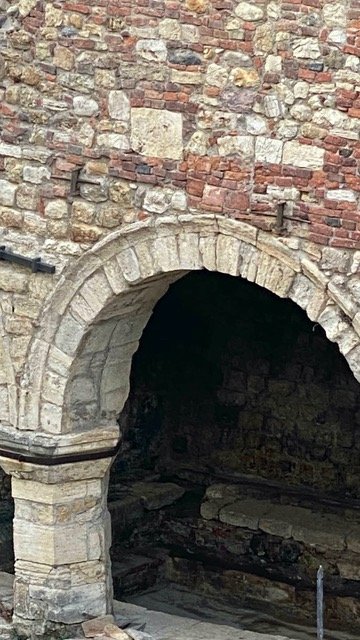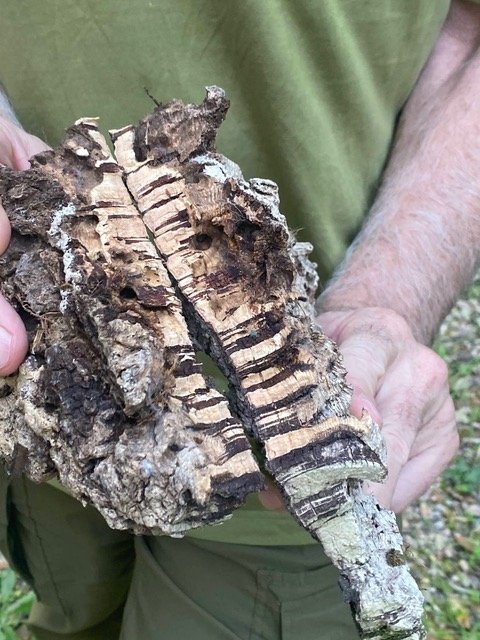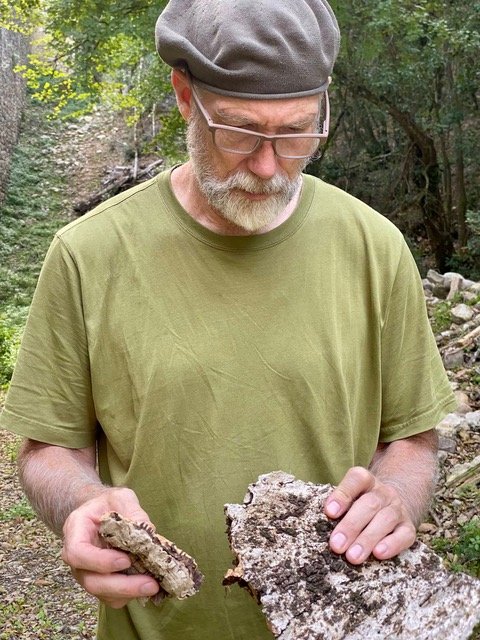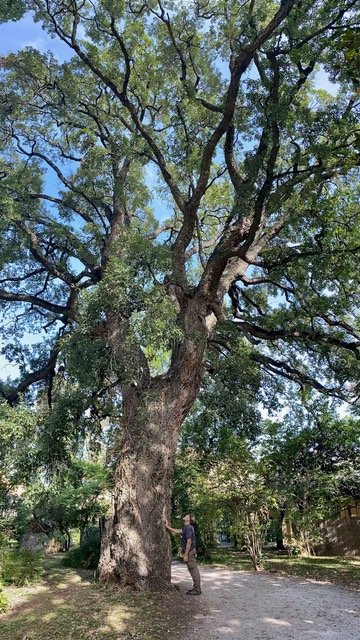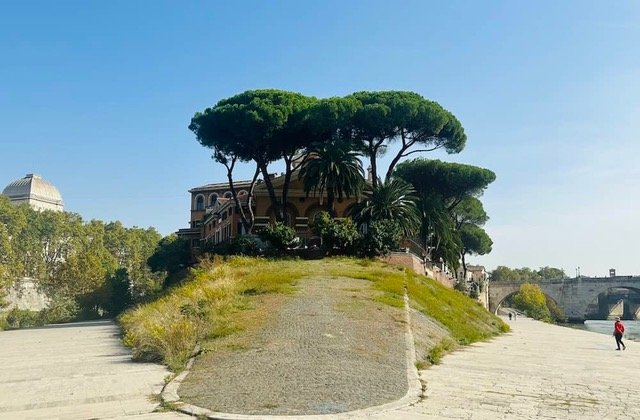Europe through the Eyes of a Tree Nerd Part 4
As fall turns a little cold, we head for the thermal spa at Petriolo in the center of Tuscany. The Romans made good use of the healing thermal waters gushing along the Farma River, leaving stone walls and baths.
Roman Wall
Tuscany is also wine country and walking along the hot pools we found an old stand of Cork Oaks (Quercus suber). One of the trunks had died, the wood long since decayed and disappeared, leaving the bark still intact. Cork Oak bark is exceptionally thick and impermeable by both water and fire. In fact, its insulation is so good It was used to shield the fuel tanks on NASA’s Space Shuttle. Of course its most well known use is to keep wine safe in the bottle while it waits to fulfill its purpose.
Bagni di Petriolo thermal springs
Petriolo Roman bath
The Cork Oak doesn’t grow in Boulder, Colorado so as we traveled south I was looking to see a grand specimen. When we got to Rome we ditched the crowds and went to the Botanical Garden of Rome. Unbelievably, we had the place nearly to ourselves! We spent the whole day there only leaving long enough to have lunch, which, of course, includes helping some wine fulfill its purpose, and ends with caffè macchiato. (Oh, Italy!).
Where wine corks come from
Cork Oak bark
300 year old Quercus suber
Thoroughly refreshed and back in the Botanical Garden we found what we were looking for: a huge old Cork tree - over 300 years old.
Speaking of food, and iconic trees, the Umbrella Pine Is one of the 20 Pines worldwide that produce most of the world’s pine nuts.
This particular stand is on Isola Tiberina, an island in the middle of the Tiber River which we passed over on our walk through Rome to the Botanical Garden.
Pinus pinea on Isola Tiberina
The Umbrella Pine doesn’t grow in Boulder either, but our Colorado Pinyon Pine (Pinus edulis) is a great producer of some of the sweetest nuts! Pine nuts are used worldwide in myriad baked goods, desserts, beverages, and sauces like pesto.



